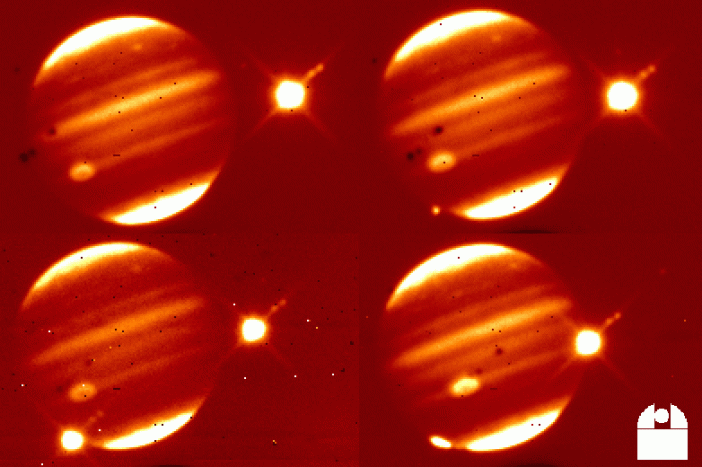The Kepler spacecraft (which was feared lost earlier this week) has discovered a veritable treasure trove of exoplanets over its seven year mission. Some of these planets may even be habitable.
Kepler-70b is decidedly not one of them.
Kepler-70b is the closer of two terrestrial planets to KOI-55, a subdwarf star which was once a red giant. Its radius is approximately three quarters of Earth’s radius. However, that may be where the similarities end.
The planet is remarkably close to its parent star, and thus has one of the shortest recorded orbital periods: 5.76 hours. Being so close, it is almost certainly too hot and irradiated to be habitable. How is a terrestrial planet so close to a star which was once a red giant? Astronomers postulate that Kepler-70b was once a gas giant, but was enveloped as its parent star grew, evaporating most of its gas and leaving only the rocky core behind. It is also speculated that Earth too will someday be swallowed by the Sun, but it isn’t thought that the planet will survive in any form.
Read what I read!


